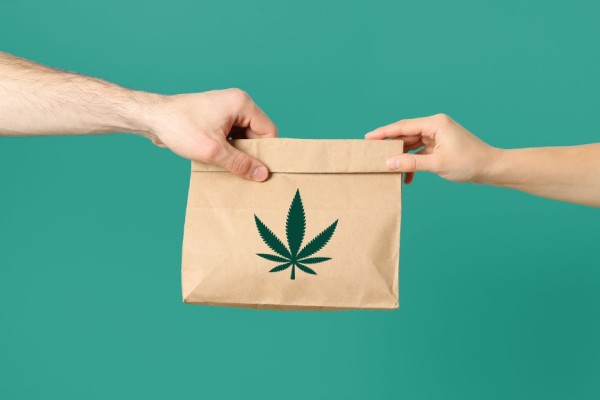NEW: Loyalty Points = Cash!
Click Here To Join Our Loyalty Program
BEST DEALS, LOCAL FEELS
Las Vegas’ Trusted Source For Cannabis
Join our rewards program
2% cash back in points + exclusive daily deals straight to your inbox. Loyalty points = Cash!

Downtown Las Vegas
1324 3rd St. Las Vegas
10am – 10pm (Mon-Thurs)
10am – 11pm (Fri-Sat)
10am – 9pm (Sun)
10am – 11pm (Fri-Sat)
10am – 9pm (Sun)
Delivery & In-store & Curbside Pickup
8am – 8pm (Mon-Sat) & 8am – 7pm (Sun)
8am – 8pm (Mon-Sat) & 8am – 7pm (Sun)

North Las Vegas
2113 Las Vegas Blvd N.North Las Vegas
Open 24/7
In-store & Curbside Pickup 24/7











